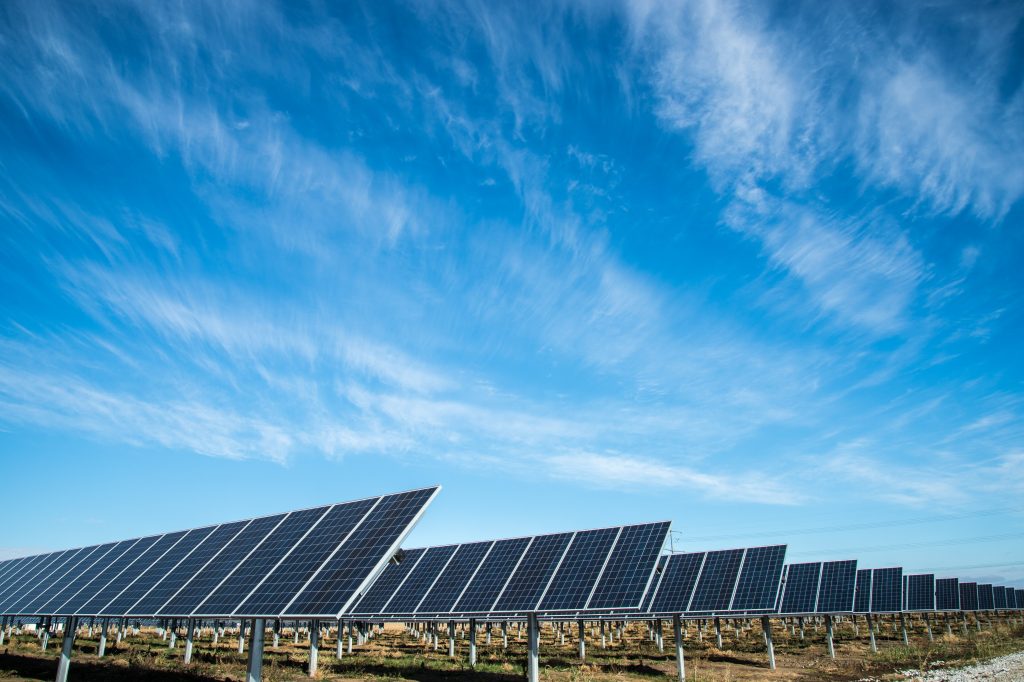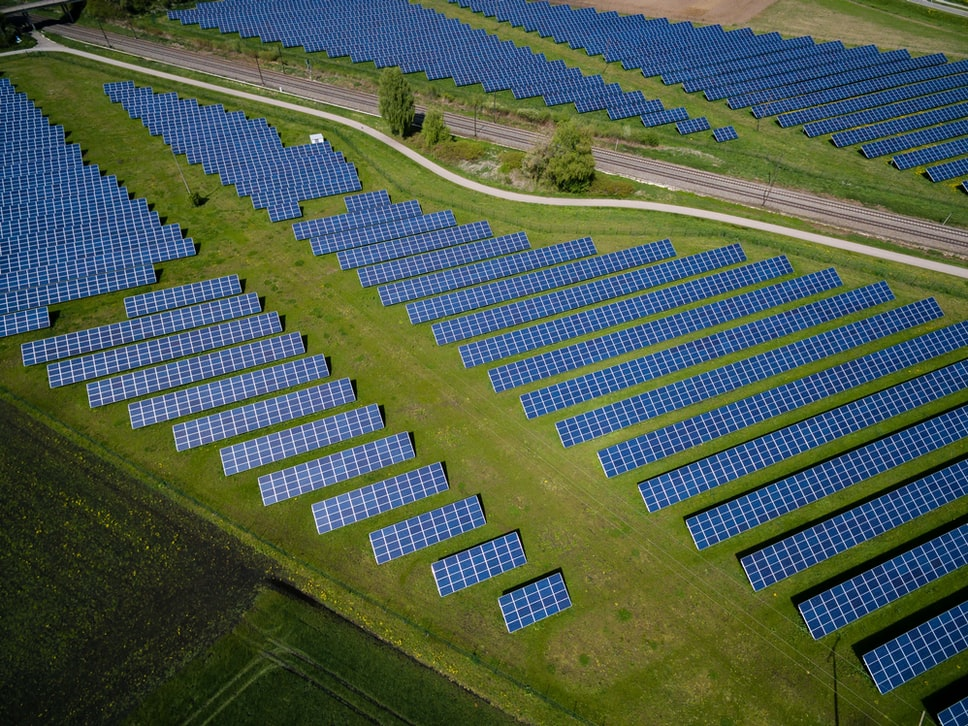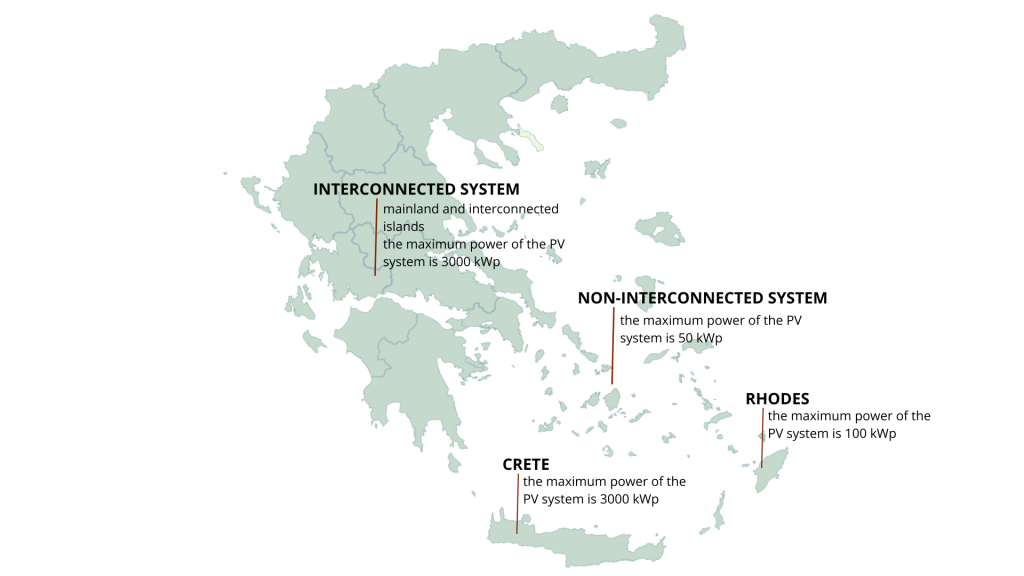PHOTOVOLTAICS
NET METERING
Net Metering is a method of offsetting the electricity produced and consumed using a photovoltaic system.

HOW NET METERING WORKS
The consumer becomes self-producer: produces part of the energy for consumption, and the energy produced through the PV system is offset by the energy consumed.
The off-setting takes place monthly for the Medium Voltage, and even on an annual basis for the Low Voltage. The chanrged energy is the value of the difference between the energy produced and the energy consumed in total (in kWh).
- In case of surplus (Production from PV> Consumption from the grid), the excess energy is transferred to the next bill until until the energy consumption measurement and pricing cycle is closed and the clearance is completed.
- In case of deficit (Production from PV>Consumtion from the grid), the energy difference is charged to the clearance.
- Regaridng the Regulated Charges, the time period when electricity is generated by the PV the Regulated Charges are also offset, while for the energy consumed outside production hours, the Regulated Charges are not offset.
The power of the PV system is determined based on the annual energy needs. The higher the synchronization of produced and consumed energy, the higher the benefit (energy charge and regulated charges) are provided to the self-producer.
The PV system is assigned exclusively to one consumption meter and is installed in the same or adjacent space as the consumption installation.
The measurement of the electricity produced by the PV system and the energy consumed by the self-generator is done using a Dual Direction Meter.
The Net Metering Contrace between the Supplier and the self-producer has a validity period of 25 years (with effect from the date of activation of the PV system connection).
TERMS AND CONDITIONS
Βασικοί Όροι & Προϋποθέσεις Εγκατάστασης ΦΒ Συστημάτων Αυτοπαραγωγής με Ενεργειακό Συμψηφισμό :
Existence of active permanent (not worksite) power supply in the name of the self-producer – who has the legitimate use of the site.
The PV system is solely associated with a consumption meter, which is the meter of the power plant it feeds.
The PV system must be located in the same or adjacent space with the consumption facility that it is linked to. (It can be installed on buildings or on land or other structures including those of the primary sector (agricultural warehouses, livestock units, etc.) in accordance with current urban legislation).
The interested party has fully pay out the electricity bills of the concerned Supplier (or has entered into a debt settlement regime).
BENEFITS OF NET METERING
- Solar energy is an inexhaustible and renewable energy source, which is particularly favored by the climate of Greece.
- The energy produced using PV is “green”, does not burden the environment with emissions of CO2 and other greenhouse gases.
- The cost and maintenance of a PV system is reduced, and allows high productivity and productive operation with fast repayment.
- With self-generation the consumer can balance the increase in the price of electricity.
- Helps reduce electricity demand during peak hours, benefiting the grid.

PHOTOVOLTAIC PARK
Photovoltaic park is a large-scale photovoltaic system designed to generate and sell energy to the grid.
The main feature is the physical connection between the photovoltaic park and the electricity transmission network.

SALE OF ENERGY TO THE ELECTRICITY NETWORK
When a photovoltaic park produces more energy than it consumes, it can contribute to the grid by selling the excess of energy to the grid.
The installation of a photovoltaic park requires the use of two metering systems, for the energy that is directed and / or absorbed to / from the network.


